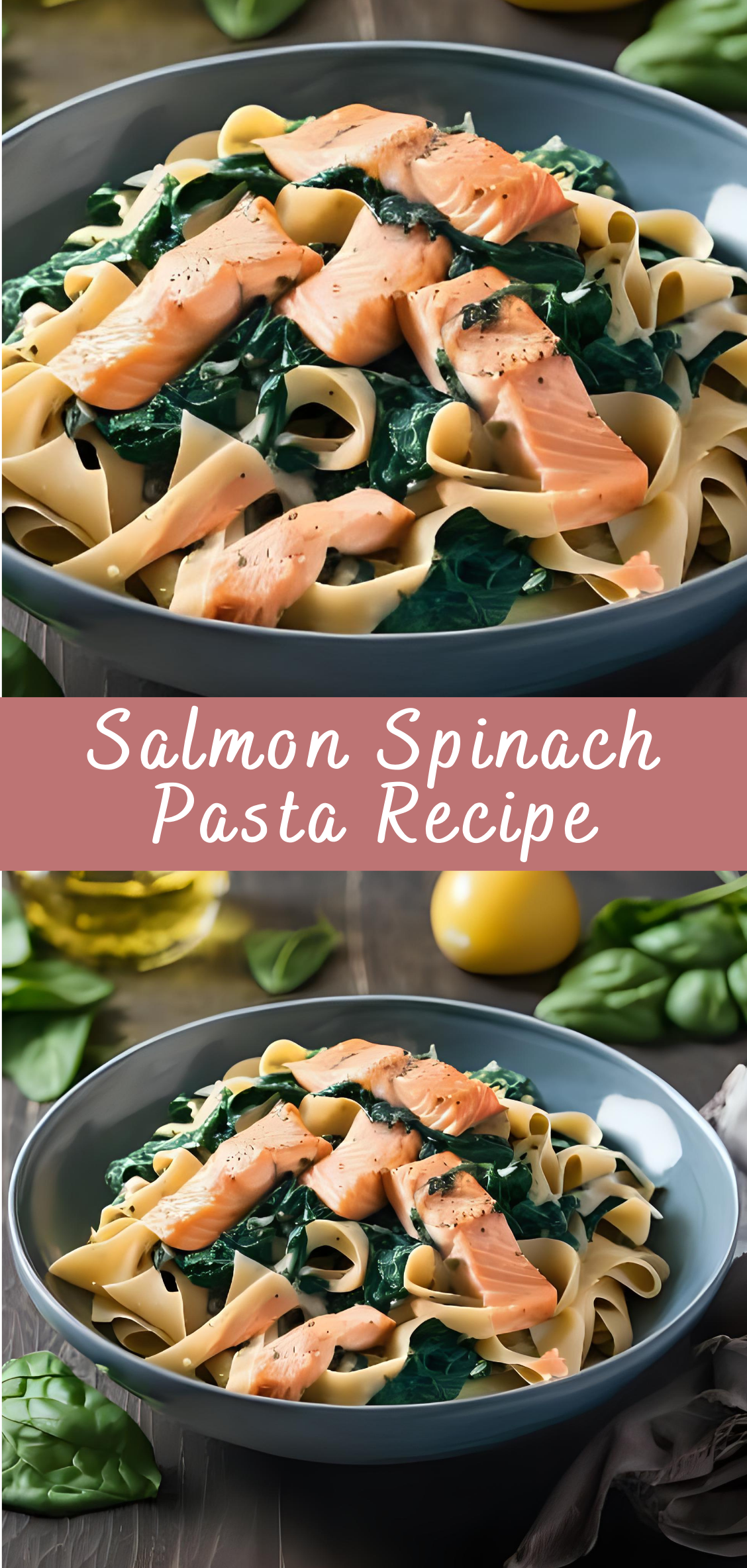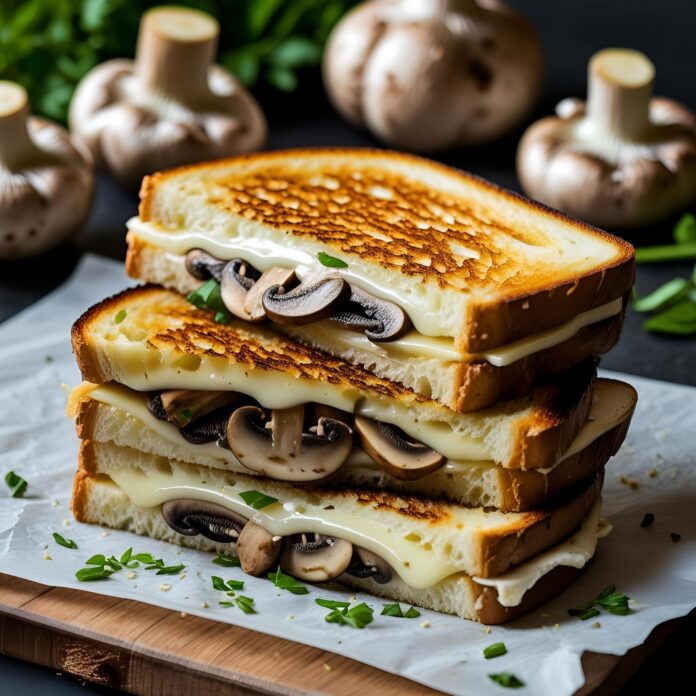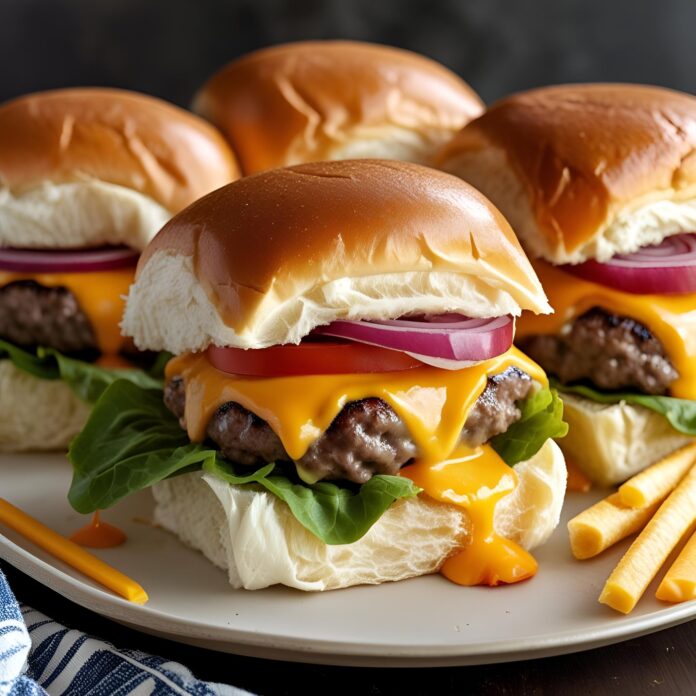Salmon Spinach Pasta Recipe
There are meals that comfort, and there are meals that captivate. Some recipes soothe the soul with their familiarity, while others intrigue the palate with subtle complexity. Then there are dishes like Salmon Spinach Pasta—a rare balance of both. It’s at once wholesome and indulgent, delicate yet hearty, refined enough for entertaining, but simple enough for a weeknight dinner. Few recipes deliver this much satisfaction with so little effort.

At its heart, Salmon Spinach Pasta is a celebration of contrasts and complements. The richness of the salmon pairs effortlessly with the freshness of baby spinach. A creamy or olive oil-based sauce binds everything together, made aromatic with garlic, lemon, or white wine. The pasta, whether silky linguine or short penne, becomes the perfect vehicle to carry every bite—tender flakes of fish, tender greens, and just the right amount of sauce to coat without overpowering. It’s a dish that invites slow eating and appreciation, even when life demands speed.
Salmon itself carries an undeniable sense of occasion. It’s a fish revered for its flavor and prized for its health benefits. Packed with omega-3 fatty acids, high-quality protein, and essential vitamins, it elevates this dish from just another pasta night to something with substance. When paired with spinach—a green leafy powerhouse rich in iron and antioxidants—the result is not just satisfying but nourishing.
But make no mistake: this dish doesn’t compromise on comfort. It’s still pasta, after all—beloved for its ability to deliver warmth, satiety, and a sense of home in every forkful. And yet, this is pasta with a touch of elegance. The kind of meal you can dress up with a glass of chilled white wine and a flickering candle, or toss together casually after a long day, when all you crave is something good, fast, and deeply flavorful.
What makes Salmon Spinach Pasta so versatile is its adaptability. You can make it creamy or light. Add a splash of citrus, a handful of capers, a sprinkle of chili flakes. Use fresh or smoked salmon, leftover fillets from the night before, or even canned in a pinch. This is a recipe that molds itself to your pantry, your time, and your mood—yet still tastes like you planned it with care.
In this comprehensive guide, we’ll explore every facet of crafting the perfect Salmon Spinach Pasta. From choosing the right cut of salmon and selecting your pasta shape, to building layers of flavor in the sauce and mastering timing so nothing overcooks, we’ll walk through each step with precision and purpose. We’ll also dive into variations for different diets, tips for meal prep and leftovers, and the science behind pairing ingredients in ways that make this dish shine.
Whether you’re a confident cook looking for new inspiration or a kitchen novice trying to elevate your weeknight routine, this recipe offers something for everyone. By the end of this guide, you won’t just have a reliable dish to lean on—you’ll have a new staple in your rotation, one that feels as good to cook as it does to eat.
So clear a spot at the table. Warm a skillet. Choose your favorite pasta. And let’s begin our deep dive into a modern classic: Salmon Spinach Pasta—where comfort meets class, and flavor leads the way.
Step-by-Step Instructions: How to Make Creamy Salmon Spinach Pasta
Step 1: Gather and Prepare Your Ingredients
The key to a smooth cooking experience is preparation. Before you turn on the heat, prep all your ingredients so that each element can come together at just the right moment.
Essential Ingredients
-
200–250g (7–9 oz) pasta – penne, fettuccine, linguine, or tagliatelle work well
-
2 salmon fillets, skinless (fresh or leftover cooked salmon)
-
2 tablespoons olive oil
-
2 tablespoons unsalted butter
-
3 cloves garlic, finely minced
-
1 small shallot, finely chopped (or ¼ of a small onion)
-
100g (3.5 oz) fresh baby spinach, roughly chopped
-
1 teaspoon lemon zest
-
2 tablespoons lemon juice, freshly squeezed
-
½ cup dry white wine or vegetable/chicken broth
-
¾ cup heavy cream (or half-and-half for a lighter version)
-
½ cup grated Parmesan cheese, plus more for serving
-
Salt and black pepper, to taste
-
Optional: crushed red pepper flakes, fresh parsley, capers, sun-dried tomatoes
Tip: Use the best-quality salmon you can access. Wild-caught has a firmer texture and deeper flavor, but farm-raised works well too.
Step 2: Cook the Pasta
-
Bring a large pot of water to a boil. Add a generous amount of salt—this is your only chance to season the pasta itself.
-
Cook pasta according to package instructions until al dente (firm but not hard). For long pasta like linguine, stir a few times early on to prevent sticking.
-
Just before draining, reserve 1 cup of the pasta cooking water—this starchy liquid is essential for adjusting sauce consistency later.
-
Drain the pasta and set aside.
Pro Tip: Do not rinse the pasta after draining. The surface starch helps the sauce cling better.
Step 3: Cook the Salmon
You have two main options for the salmon: cook it fresh or use pre-cooked leftovers. Let’s cover both:
A. If Cooking Salmon Fresh:
-
Pat the salmon fillets dry with a paper towel. Season both sides with salt and pepper.
-
In a large skillet, heat 1 tablespoon olive oil and 1 tablespoon butter over medium-high heat.
-
Add the salmon, flesh-side down (presentation side first). Cook for 3–4 minutes without moving it.
-
Flip the fillet and cook for another 3–4 minutes, depending on thickness, until just cooked through and easily flakes with a fork.
-
Remove from pan and rest for 1–2 minutes. Then, gently flake the salmon into bite-sized chunks with a fork. Set aside.
Tip: You can leave some larger chunks if you prefer the salmon more visible and hearty.
B. If Using Leftover or Pre-Cooked Salmon:
-
Simply flake the salmon into chunks and set aside.
-
You’ll warm it through in the sauce later—don’t overheat it now to avoid dryness.
Step 4: Build the Aromatics and Sauce Base
-
In the same skillet (wipe out any blackened bits if necessary), reduce heat to medium.
-
Add 1 tablespoon olive oil and 1 tablespoon butter.
-
Sauté the shallot for about 2 minutes, until softened and translucent.
-
Add the garlic and stir for 30 seconds—do not let it brown.
Optional: Add crushed red pepper flakes at this point for a subtle kick.
-
Pour in ½ cup white wine or broth to deglaze the pan. Scrape up any flavorful bits stuck to the bottom.
-
Simmer for 2–3 minutes, letting the liquid reduce by about half.
Why This Matters: Reducing concentrates flavor and eliminates the raw alcohol taste from the wine.
Step 5: Add the Cream and Cheese
-
Lower heat to medium-low.
-
Stir in ¾ cup heavy cream and bring to a gentle simmer—don’t boil.
-
Add ½ cup grated Parmesan cheese gradually, stirring constantly to help it melt smoothly.
-
Season with salt, black pepper, and lemon zest.
Tip: Add cheese slowly and stir constantly. Dumping it in all at once can lead to clumps or grainy texture.
Step 6: Add the Spinach and Salmon
-
Toss in the chopped baby spinach and stir until wilted—this takes about 1 minute.
-
Gently fold in the flaked salmon, being careful not to break it up too much.
-
Add lemon juice (start with 1 tablespoon and adjust to taste).
-
Let everything warm together for 1–2 minutes—not longer, or the salmon may dry out.
Taste Test: This is your moment to adjust. Add more lemon for brightness, a pinch more cheese for body, or a splash of reserved pasta water to thin the sauce if needed.
Step 7: Combine with Pasta
-
Add the cooked pasta directly into the sauce.
-
Toss gently to coat everything evenly. If the sauce seems too thick, add a few tablespoons of reserved pasta water at a time until desired consistency is reached.
Pro Tip: The goal is a silky, glossy coating that clings to the pasta without pooling.
Step 8: Plate and Serve
-
Divide pasta into bowls or deep plates using tongs or a large serving spoon.
-
Garnish with:
-
A sprinkle of extra Parmesan
-
A drizzle of olive oil or lemon juice
-
A twist of fresh black pepper
-
Fresh chopped parsley or chives
-
-
Serve immediately, while hot and creamy.
Pairing Suggestions:
-
A glass of Sauvignon Blanc, Chardonnay, or Vermentino
-
A side of roasted asparagus, steamed broccoli, or a crisp arugula salad
Salmon Spinach Pasta Recipe
There are meals that comfort, and there are meals that captivate. Some recipes soothe the soul with their familiarity, while others intrigue the palate with subtle complexity. Then there are dishes like Salmon Spinach Pasta—a rare balance of both. It's at once wholesome and indulgent, delicate yet hearty, refined enough for entertaining, but simple enough for a weeknight dinner. Few recipes deliver this much satisfaction with so little effort.
Ingredients
- 8 oz (225g) pasta (penne, fettuccine, or farfalle)
- 2 tbsp olive oil
- 2 salmon fillets (about 6 oz each), skin removed
- Salt and pepper, to taste
- 3 cloves garlic, minced
- 1 small shallot or half a small onion, finely chopped
- 4 cups fresh spinach (can substitute baby spinach)
- 1/2 cup heavy cream (or use half-and-half for lighter)
- 1/4 cup grated Parmesan cheese
- Juice and zest of 1 lemon
- 1/4 tsp red pepper flakes (optional)
- Fresh parsley or dill, chopped (for garnish)
Instructions
- Cook the Pasta:
Bring a large pot of salted water to a boil.
Cook pasta according to package directions until al dente. Drain and set aside. - Cook the Salmon:
While pasta cooks, heat 1 tbsp olive oil in a large skillet over medium heat.
Season salmon with salt and pepper.
Cook salmon 4–5 minutes per side until cooked through and flaky. Remove from skillet and set aside.
Once slightly cooled, flake the salmon into bite-sized pieces. - Make the Sauce:
In the same skillet, add remaining 1 tbsp olive oil.
Sauté garlic and shallot for 1–2 minutes until fragrant and translucent.
Add spinach and cook until wilted (about 2 minutes).
Pour in heavy cream and stir to combine.
Add Parmesan cheese, lemon zest, lemon juice, and red pepper flakes (if using). Stir until sauce is smooth and creamy.
Season with salt and pepper to taste. - Combine:
Add cooked pasta and flaked salmon to the skillet.
Toss gently to coat everything in the sauce and heat through. - Serve:
Garnish with fresh parsley or dill and extra Parmesan if desired.
Serve immediately.
Notes
- Salmon: You can use canned salmon in a pinch, but fresh or frozen fillets give the best flavor.
- Cream Substitute: For a lighter option, use Greek yogurt or half-and-half instead of heavy cream.
- Add-ons: Cherry tomatoes, capers, or olives add nice bursts of flavor.
- Gluten-Free: Use gluten-free pasta to accommodate dietary needs.



